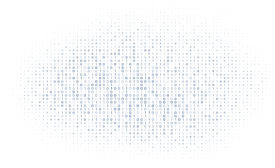Cybersecurity News
Special Report
The 2021 Top Cybersecurity Leaders
Nominated by their colleagues and associates, these top cybersecurity executives are changing the cybersecurity landscape for the better.
March 1, 2021
Special Report
2021 Top Cybersecurity Leaders - Ira Winkler
CISO, Skyline Technology Solutions
March 1, 2021
Special Report
2021 Top Cybersecurity Leaders - Spencer Wilcox
CPP, CISSP, CSA, Executive Director, Technology and Chief Security Officer, PNM Resources
March 1, 2021
Special Report
2021 Top Cybersecurity Leaders - Grant Sewell
Head of Information Security and Privacy, Safelite Group
March 1, 2021
Special Report
2021 Top Cybersecurity Leaders - Shawn Harris
CISSP-ISSAP, CCSP, Director, Information Security – Strategy, Engagement, and Architecture, Starbucks Coffee Company
March 1, 2021
Special Report
2021 Top Cybersecurity Leaders - Theresa Grafenstine
Global Chief Auditor, Technology, Citi
March 1, 2021
Special Report
2021 Top Cybersecurity Leaders - Heather Gantt-Evans
CISO, SailPoint
March 1, 2021
Sign-up to receive top management & result-driven techniques in the industry.
Join over 20,000+ industry leaders who receive our premium content.
SIGN UP TODAY!Copyright ©2025. All Rights Reserved BNP Media.
Design, CMS, Hosting & Web Development :: ePublishing









